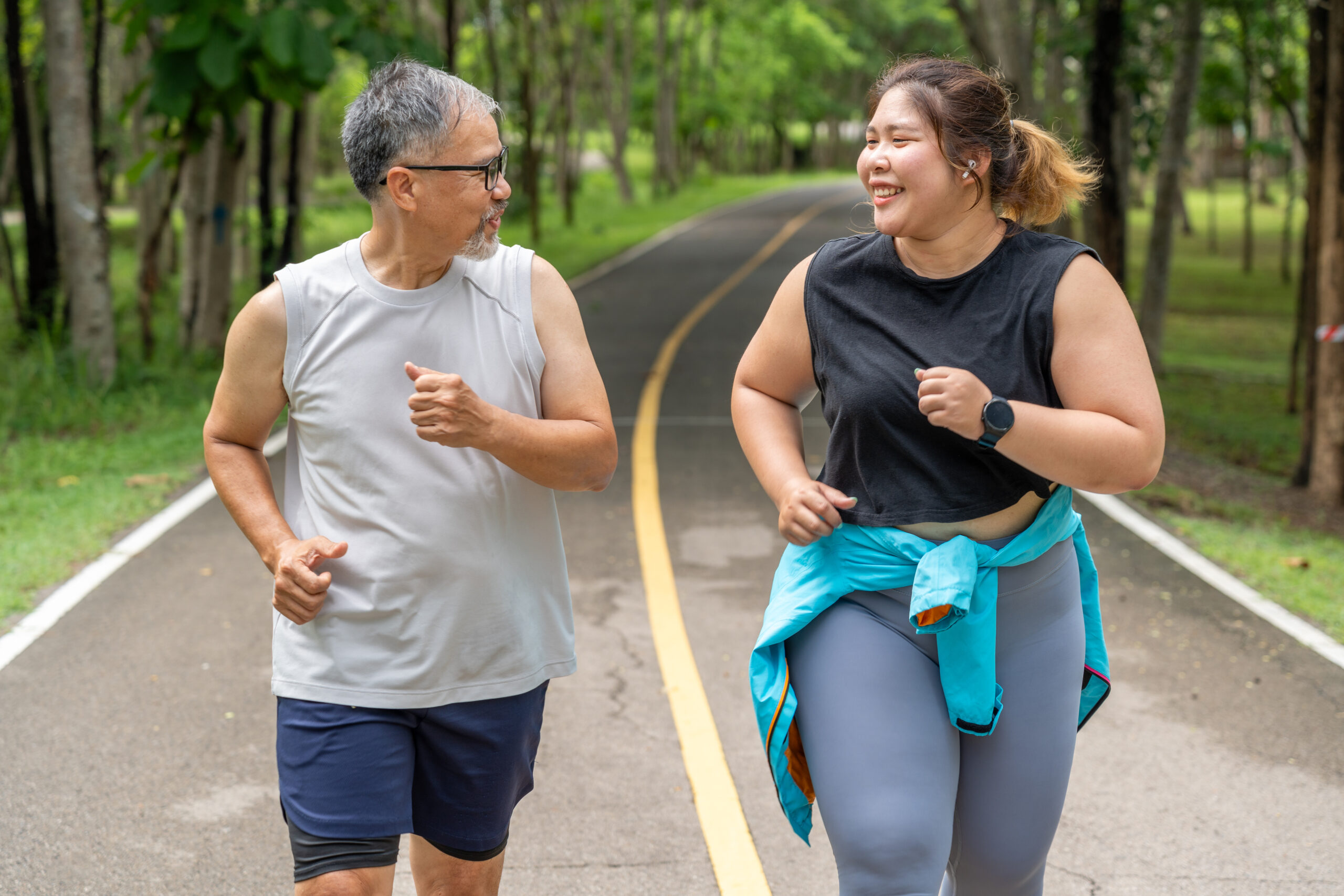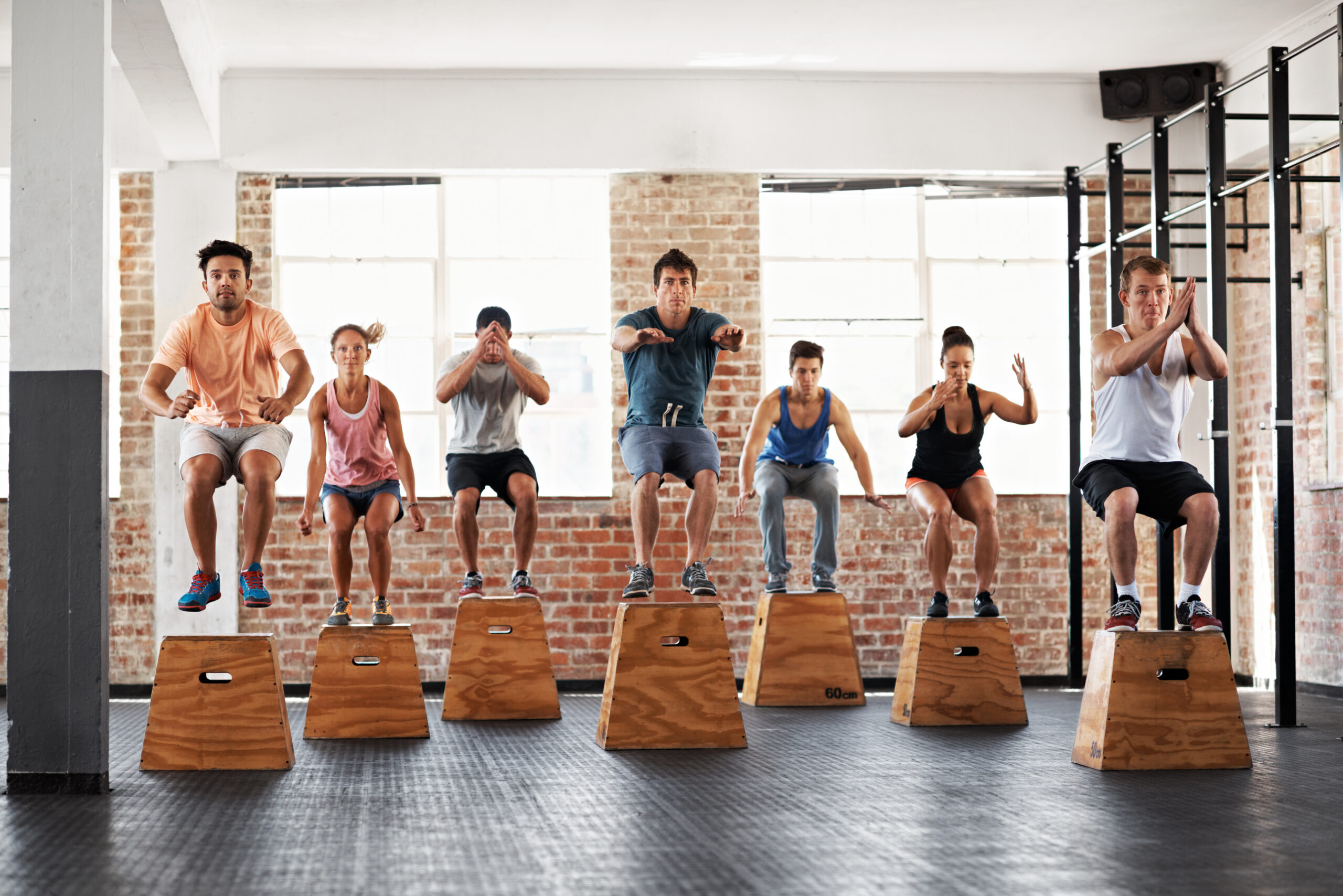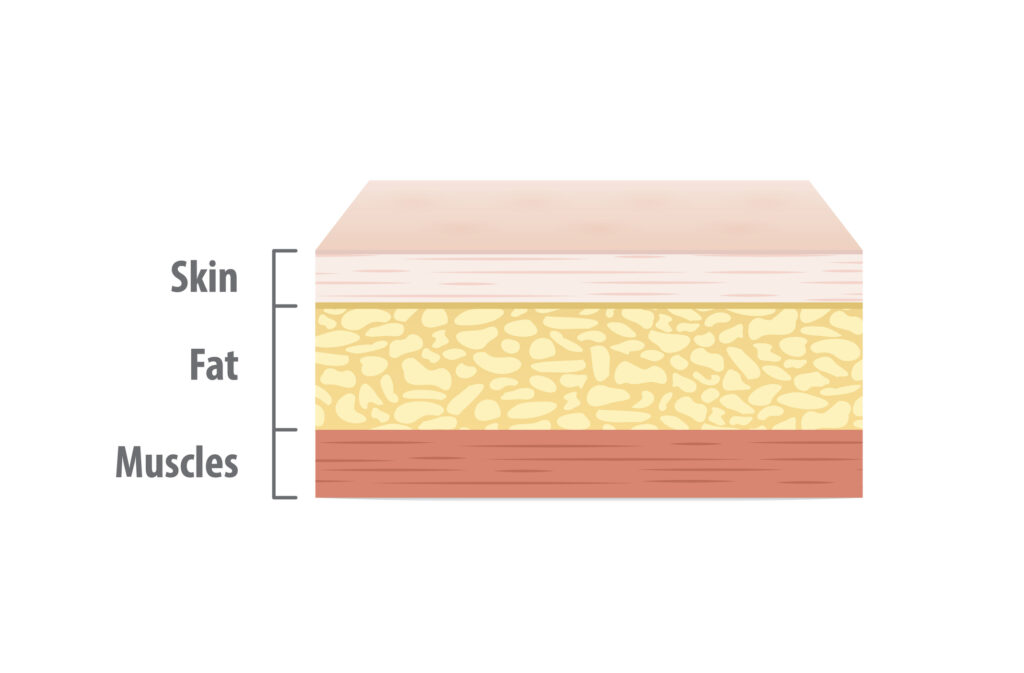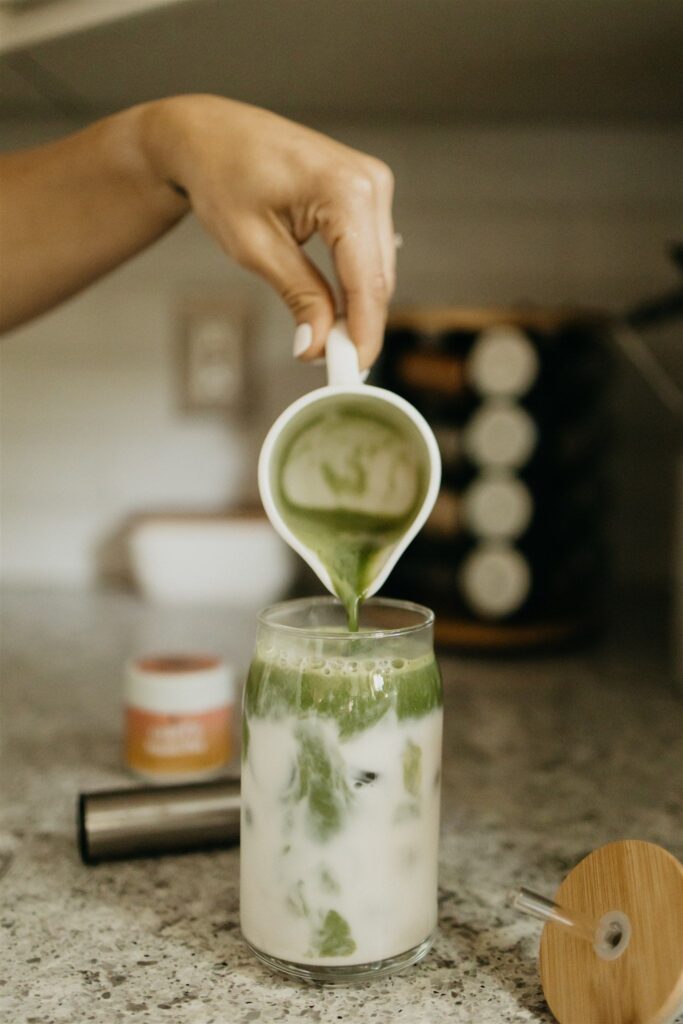HIIT vs. LISS: Which Type of Cardio is Best for You?
When it comes to cardio, you’ve probably heard of two popular approaches: High-Intensity Interval Training (HIIT)and Low-Intensity Steady State (LISS). Both have their benefits, but which one is right for you? Whether your goal is fat loss, endurance, or improving your overall fitness, understanding the differences between these two styles of cardio can help you tailor your workout routine to meet your personal needs.
Let’s break down the pros and cons of HIIT and LISS, so you can decide which approach works best for your body and fitness goals.
What is HIIT?
High-Intensity Interval Training (HIIT) involves short bursts of intense activity followed by periods of rest or low-intensity recovery. A typical HIIT workout might include sprinting for 30 seconds, then walking for 1 minute, repeated several times.
The idea behind HIIT is to push your heart rate to its maximum during those high-intensity intervals, which helps burn calories in a shorter amount of time. This type of training is also known for something called the “afterburn effect,” or Excess Post-Exercise Oxygen Consumption (EPOC). Essentially, HIIT keeps your body burning calories even after your workout ends as it returns to a resting state.
What is LISS?
Low-Intensity Steady State (LISS) is the opposite of HIIT. It involves maintaining a steady pace at a lower intensity for an extended period, typically 30-60 minutes. Think of activities like brisk walking, jogging, cycling, or even swimming.
LISS keeps your heart rate at a moderate level, allowing you to burn fat efficiently over a longer duration. Because it’s low intensity, it’s easier on your joints and muscles, making it ideal for beginners or those recovering from an injury.
Benefits of HIIT
HIIT is great for anyone short on time but looking for maximum results. Here are some key benefits:
1. Burns More Calories in Less Time
Because HIIT pushes you to your maximum intensity, you can burn more calories in a 20-30 minute session than you might in an hour of LISS. Studies show that HIIT can burn up to 30% more calories than other forms of exercise in the same amount of time.
2. Boosts Metabolism
The afterburn effect of HIIT (EPOC) keeps your metabolism revved up long after your workout ends. This means you’ll continue burning calories for hours after you leave the gym, which can be especially helpful for fat loss.
3. Improves Cardiovascular Fitness
HIIT challenges your heart and lungs, improving your overall cardiovascular health and endurance. It has been shown to improve heart health and lower blood pressure in individuals with cardiovascular risk factors .
4. Saves Time
If you’re a busy mom or someone juggling a hectic schedule, HIIT is perfect. You can fit in an effective workout in just 20 minutes, getting the same benefits (or more) than longer, lower-intensity workouts.
My Experience with HIIT:
As a mom, I love how efficient HIIT workouts are. There were times when I could only fit in a quick workout during nap time, and HIIT made me feel like I accomplished a lot in just 20 minutes. Plus, I always feel energized afterward, even though I’m pouring sweat by the end.
Benefits of LISS
LISS might not be as intense as HIIT, but it comes with its own set of benefits:
1. Lower Impact on Joints
LISS is gentle on the body, making it a great option for those who are recovering from an injury, new to exercise, or dealing with joint issues. It’s perfect for walking, swimming, or cycling at a steady pace without pushing your body to the limit.
2. Better for Endurance
If your goal is to build endurance for long-distance events like marathons or cycling races, LISS is the way to go. It trains your body to sustain prolonged efforts at a steady pace, improving your stamina over time.
3. Helps with Recovery
LISS is also great for active recovery days. If you’ve had an intense workout earlier in the week, a low-intensity walk or jog can help keep your body moving without putting too much stress on your muscles.
4. Fat Burning
While HIIT burns calories fast, LISS is effective at burning fat over a longer duration. This is why many people use it as part of their fat-loss strategy. A steady state workout in your fat-burning zone (about 50-70% of your maximum heart rate) can help your body tap into fat stores for energy .
My Experience with LISS:
When I was recovering postpartum, LISS was my go-to workout. My first goal was simply to walk more, gradually working up to longer sessions. Walking helped me ease back into exercise after the weight gain and the sedentary lifestyle that the pandemic lockdown brought. It was gentle on my body but still made me feel like I was taking a positive step toward better health. I started with 3,000 to 5,000 steps and eventually worked my way up to 10,000 steps a day.
HIIT vs. LISS: Which One is Right for You?
So, which type of cardio should you choose? The answer depends on your goals, fitness level, and personal preferences. Here’s a quick breakdown to help you decide:
| Goal | HIIT | LISS |
|---|---|---|
| Fat Loss | Short, intense sessions to burn calories fast | Longer sessions to burn fat over time |
| Build Endurance | Improves cardiovascular fitness and stamina | Ideal for long-distance endurance building |
| Save Time | Quick, effective workouts in 20-30 minutes | Requires more time (30-60 minutes) |
| Lower Impact | Intense and high-impact on joints and muscles | Gentle, easy on joints, ideal for recovery or beginners |
| General Fitness | Great for improving fitness levels quickly | Good for maintaining steady fitness levels |
| Caloric Burn | Burns more calories in a shorter period (afterburn effect) | Burns calories during the workout without afterburn |
How to Incorporate HIIT and LISS into Your Routine
Both HIIT and LISS have their place in a balanced workout routine. Here’s how to mix them:
- Alternate Days: Incorporate HIIT on days when you’re pressed for time or want a more intense session. Use LISS on recovery days or when you want a longer, low-impact workout.
- Hybrid Approach: Do a HIIT workout two or three times a week for efficiency and fat loss, and add LISS for endurance and recovery.
- Listen to Your Body: If you’re sore or fatigued, opt for LISS. If you’re feeling energized and ready to push yourself, HIIT may be the better option.
Final Thoughts
Both HIIT and LISS have incredible benefits, and which one you choose depends on your goals, schedule, and fitness level. For those who want to burn calories quickly and improve cardiovascular health in a short amount of time, HIIT is your best bet. But if you’re recovering, new to exercise, or working on endurance, LISS can be just as effective.
In the end, it’s not about which type of cardio is superior—it’s about finding the balance that works for you and your lifestyle. Whether you prefer the intense sweat of a HIIT session or the meditative rhythm of a long walk, both are powerful tools in your fitness journey.
Love Always,
L. Lee
Resources:
- Boutcher, S. H. (2011). High-Intensity Interval Training: Effective and Time-Efficient. Journal of Obesity.
- Trapp, E. G., et al. (2008). The Effects of High-Intensity Intermittent Exercise Training on Fat Loss and Fasting Insulin Levels. International Journal of Obesity.
- Tanaka, H., & Swensen, T. (1998). Impact of Resistance and Aerobic Training on Endurance Performance: A Comparative Review. Journal of Strength and Conditioning Research.





